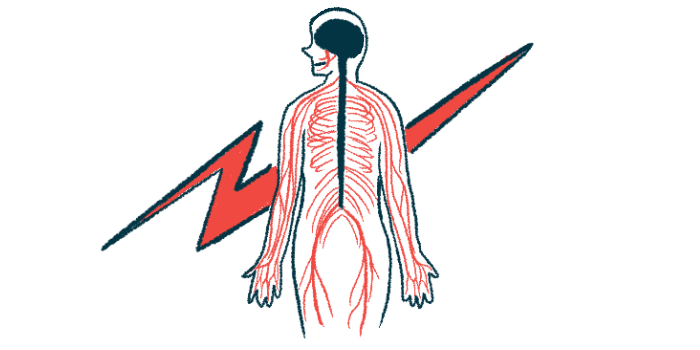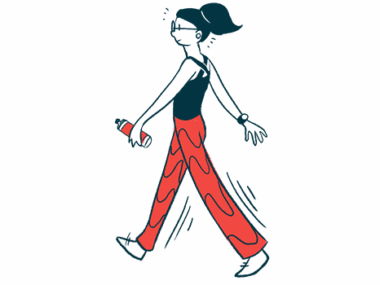Older Age, Muscle Stiffness Tied to Worse Scoliosis in Rett Syndrome
Study suggests importance of monitoring for spinal deformities across life span
Written by |

Older age and increased muscle stiffness are linked with more severe scoliosis, a sideways curvature of the spine, in girls and women with Rett syndrome, according to a small study.
Other factors associated with scoliosis severity included impaired walking and difficulties going up and down stairs. No link was seen with the type of mutation in the MECP2 gene, the chief cause of Rett.
The findings “confirm the great importance of monitoring for spinal deformities from early childhood and across the life span,” the researchers wrote.
The study, “Clinical and genetic correlations of scoliosis in Rett syndrome,” was published in the European Spine Journal.
Scoliosis is common among girls with Rett syndrome, with onset at a median age of 11. By the time they reach 16 years old, 85% have some degree of scoliosis. Besides its impact on lung function, the curved spine can also impair everyday activities, such as walking and sitting, and is often painful.
Prior studies have reported a link between scoliosis and specific mutations in the MECP2 gene. While certain mutations correlated with scoliosis onset later in life, others were associated with an early and severely curved spine.
However, whether scoliosis severity also is linked with motor and neurological features remains unknown.
The study and its results
To address this gap, researchers in Italy and Germany analyzed clinical data from 75 girls (mean age 11.1 years) with a clinical and genetically confirmed Rett diagnosis. The girls, followed at the IRCCS Fondazione Don Carlo Gnocchi, Milan, were enrolled for a period of three years, and all underwent a neurological examination. These included evaluation of the limbs and spine, as well as posture while sitting.
The degree of scoliosis was evaluated using a numerical scale — score range from zero to three — where zero meant no scoliosis and three meant “severe scoliosis, pronounced curve preventing upright position without external support.”
Rett manifestations were measured by the Rett Assessment Rating Scale (RARS), which was completed by parents, and by the patient’s motor abilities using the Rett Syndrome Motor Evaluation Scale (RESMES). In both cases, increased scores indicate more severe impairments. RESMES can also be used to assess motor function at home by caregivers.
Spasticity (muscle stiffness or spasms) of arms and legs was evaluated using a modified Ashworth scale, with scores ranging from zero to five. Higher scores indicated more severe stiffness. Two additional scales measured pain and purposeful hand function. In the PainAD scale, with total scores ranging from zero to 19, a score higher than three indicated moderate to severe pain. Scores in the hand-function scale varied from one (no hand function) to eight, meaning ability to use the hand in different situations.
Over half of the patients (62.7%) had scoliosis. In general, it was mild (17 patients, 22.6%) or moderate (25 patients, 33.3%). Five participants (6%) had severe scoliosis.
Patients with scoliosis were older than those without it, mean age 14.5 vs. 11.1 years. Severe scoliosis was found in 16% of girls ages 10 to 18 and in 15% of those older than 18. No severe case was found in younger girls (below 10 years old).
Worsened spasticity and motor function correlated with increasing scoliosis severity.
Statistical analyses revealed that scoliosis severity correlated with age, excessive muscle tone (hypertonus), impairments in standing, walking (level walking and on stairs), and postural transitions. No link was seen with Rett’s general disease severity, as assessed by the RARS, nor with sitting and running.
Contrary to prior studies, no consistent association was found between specific mutations and the severity of scoliosis. This, however, “could be attributed to the fact that the sample size was relatively small for genetic investigations,” the researchers wrote.
Overall, “we found that age, impaired upright standing, postural transitions, and walking, as well as hypertonus, were associated with the severity of scoliosis,” they added.
The findings support a careful and regular monitoring of scoliosis within the first signs of postural abnormalities, with the help of tools such as the RESMES.
“RESMES scale can be performed by caregivers in a home environment, allowing close monitoring of the (loco-)motor impairments of girls with [Rett] and an early rehabilitative intervention,” the study concluded.






